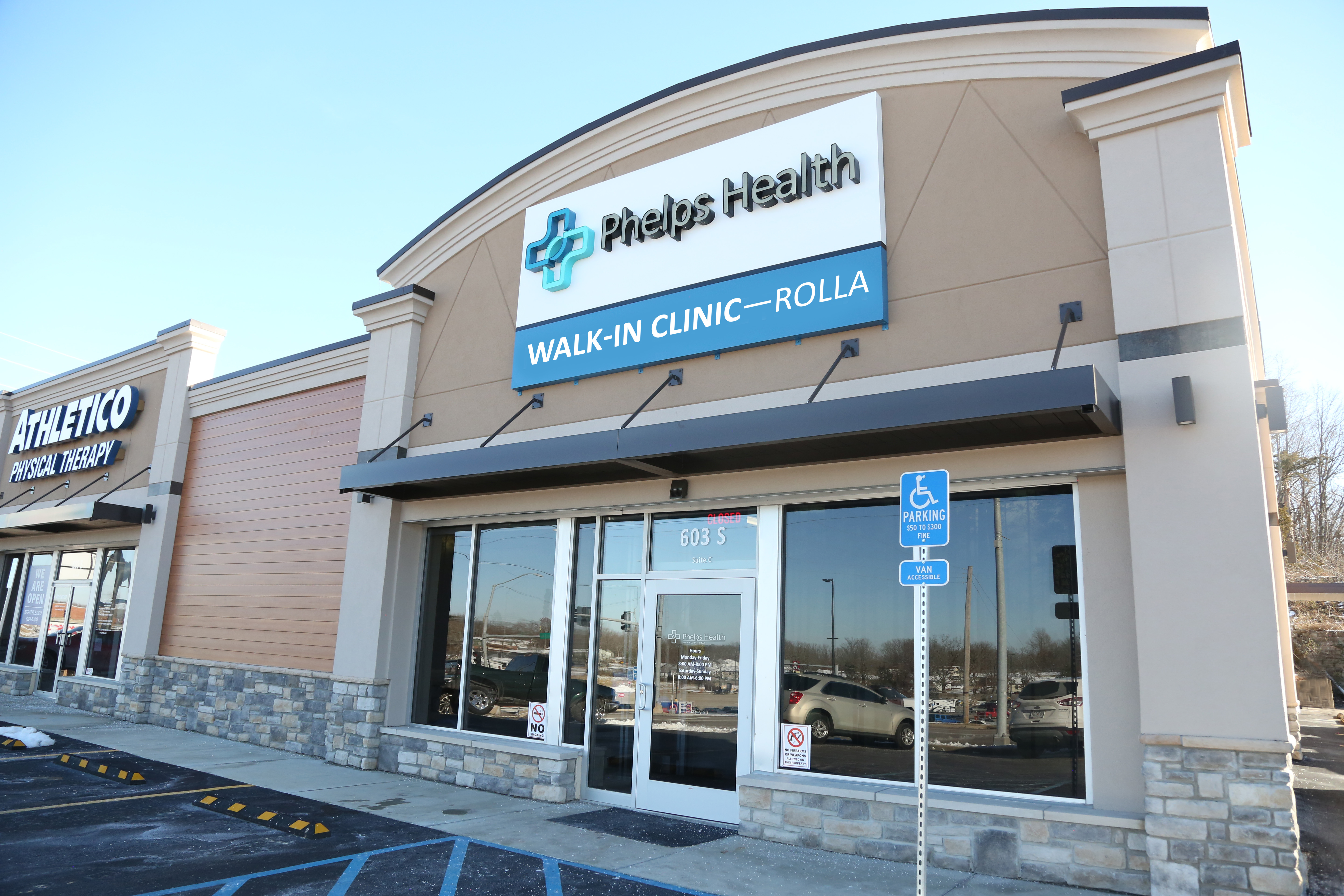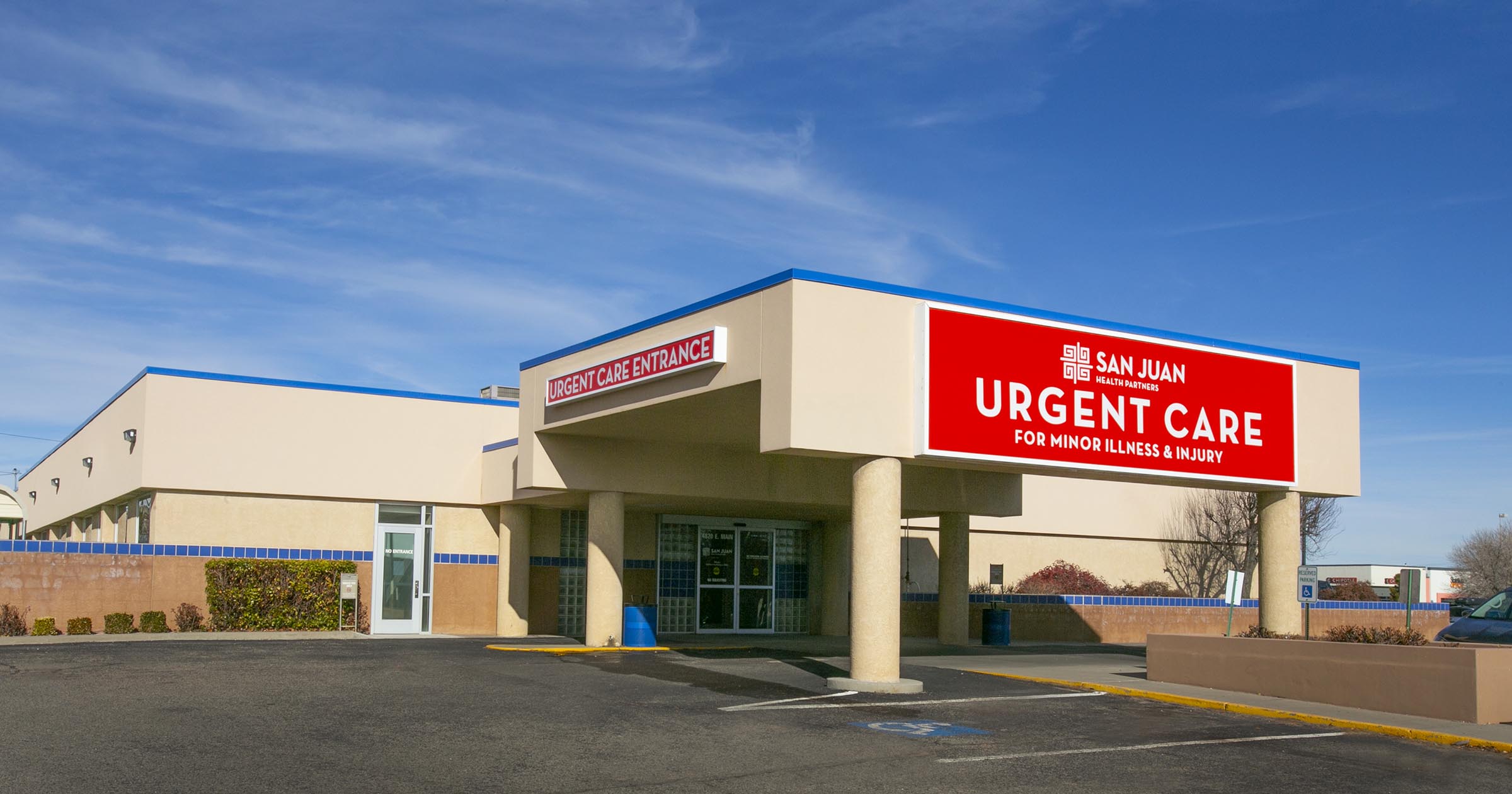What to Expect at a Leading Clinic Offering Urgent Care Services
Wiki Article
Exactly How Urgent Care Clinics Enhance Access to Health Care for Clients With Immediate yet Non-Emergent Medical Needs
Urgent care facilities have become an essential component in the medical care landscape, attending to the requirements of patients who need instant interest for non-emergent conditions. By running beyond typical office hours and using a streamlined strategy to small injuries and ailments, these facilities not just lower the burden on emergency departments yet also boost general client access to prompt treatment. As we consider the ramifications of this model, it comes to be important to examine just how immediate care centers are changing client experiences and end results in manner ins which merit more expedition.
Role of Urgent Care Clinics
Immediate care clinics play an essential role in the health care system by supplying easily accessible and immediate medical solutions for non-life-threatening conditions. These centers act as a crucial bridge in between main care carriers and emergency divisions, effectively relieving the problem on hospitals while guaranteeing people receive timely care. By running extended hours, consisting of weekend breaks and nights, immediate treatment centers satisfy people that might not have the versatility to go to a standard physician's workplace throughout typical service hours.The range of solutions offered at immediate treatment facilities consists of treatment for minor injuries, health problems, and analysis services such as X-rays and lab tests. This breadth of treatment permits clients to deal with a selection of wellness issues without the long delay times generally related to emergency areas. Urgent treatment centers commonly use a varied group of health care professionals, including doctors, registered nurse practitioners, and medical professional aides, who are outfitted to handle different medical circumstances.
Benefits of Immediate Accessibility

In addition, prompt gain access to minimizes the problem on medical care providers and emergency situation divisions by drawing away less crucial cases to appropriate setups. This relieves overcrowding in emergency clinic, enabling those with true emergencies to receive the urgent care they require without unneeded hold-ups.
Moreover, the benefit of prolonged hours and walk-in schedule indicates that patients can look for care without the need for visits, which is particularly valuable for people with unforeseeable schedules or those who might experience sudden wellness issues. - Urgent Care
The ease of access of immediate care facilities fosters a proactive strategy to wellness, encouraging clients to look for medical suggestions and treatment quicker instead of later. This not only enhances client satisfaction yet also advertises a culture of preventative treatment, eventually leading to much healthier communities.
Comparison With Emergency Areas
Frequently, patients find themselves not sure whether to check out an urgent treatment facility or an emergency situation area when confronted with a medical concern. Urgent Care. Recognizing the differences in between these two healthcare choices is crucial for making educated decisions. Immediate treatment clinics are created to resolve immediate but non-emergent medical worries, such as small injuries, infections, or diseases. They usually operate with extended hours, including evenings and weekend breaks, giving prompt gain access to for people that might not need the thorough solutions of a hospital.In contrast, emergency clinic are outfitted to take care of serious situations and serious medical emergency situations, such as cardiac arrest, strokes, or major trauma. These facilities provide sophisticated analysis tools and specialist examinations, which can bring about much longer wait times for individuals with much less vital issues. Typically, emergency clinic have a tendency to be much more costly than urgent care clinics, making immediate treatment a much more economical choice for non-emergent check my site requirements.
Ultimately, while both urgent treatment clinics and emergency clinic play essential roles in the medical care system, comprehending their respective functions allows individuals to choose the appropriate setting based on the urgency and nature of their clinical problems.
Services Used by Urgent Treatment
Urgent care clinics provide a wide range of solutions customized to address non-emergent clinical demands, making them a hassle-free alternative for individuals looking for prompt attention. These facilities are furnished to take care of different problems, consisting of minor cracks, sprains, and lacerations, which require instant treatment but do not demand emergency space treatment.In addition, urgent care facilities provide analysis solutions such as X-rays and lab examinations, enabling quicker analysis and treatment of diseases. People frequently existing with usual ailments like colds, influenza, and infections, which can be efficiently taken care of on-site. Furthermore, immediate care facilities regularly supply preventive services, consisting of inoculations and wellness screenings, adding to overall public health and wellness.
Another vital solution offered is the monitoring of chronic conditions intensified by acute signs, such as asthma or diabetes mellitus, guaranteeing individuals receive timely treatment without frustrating emergency solutions. Lots of centers also prolong their hours beyond standard workplace schedules, enhancing ease of access for individuals who may call for treatment throughout weekends or evenings.
Improving Client End Results

Urgent care clinics are geared up to handle a range of non-emergent clinical concerns, including minor injuries, infections, and diseases. Their focus on easily accessible, high-quality treatment allows people to obtain preventative solutions and proper treatments, cultivating far better wellness administration. These facilities commonly utilize a multidisciplinary approach, incorporating various healthcare professionals to make certain detailed care.
Client education and learning is also a vital element of boosting results. Urgent care suppliers regularly use assistance on follow-up treatment, preventative measures, and way of living modifications, empowering individuals to take an active function in their health and wellness. As a result, the mix of instant accessibility, specialist care, and client education and learning not only enhances satisfaction but likewise causes improved long-term wellness outcomes, strengthening the worth of immediate treatment facilities in the health care continuum.
Conclusion
In summary, urgent treatment facilities serve an important duty in boosting medical care access for patients with prompt, non-emergent medical requirements. Inevitably, immediate care centers are crucial in linking the space between key treatment and emergency situation services, making sure easily accessible and webpage efficient medical care for areas.
On average, emergency situation areas have a tendency to be a lot more costly than urgent care facilities, making urgent care a much more cost-effective choice for non-emergent requirements. (Urgent Care)

Eventually, immediate care facilities are essential in linking the gap in between main care and emergency situation services, making certain effective and obtainable healthcare for neighborhoods.
Report this wiki page